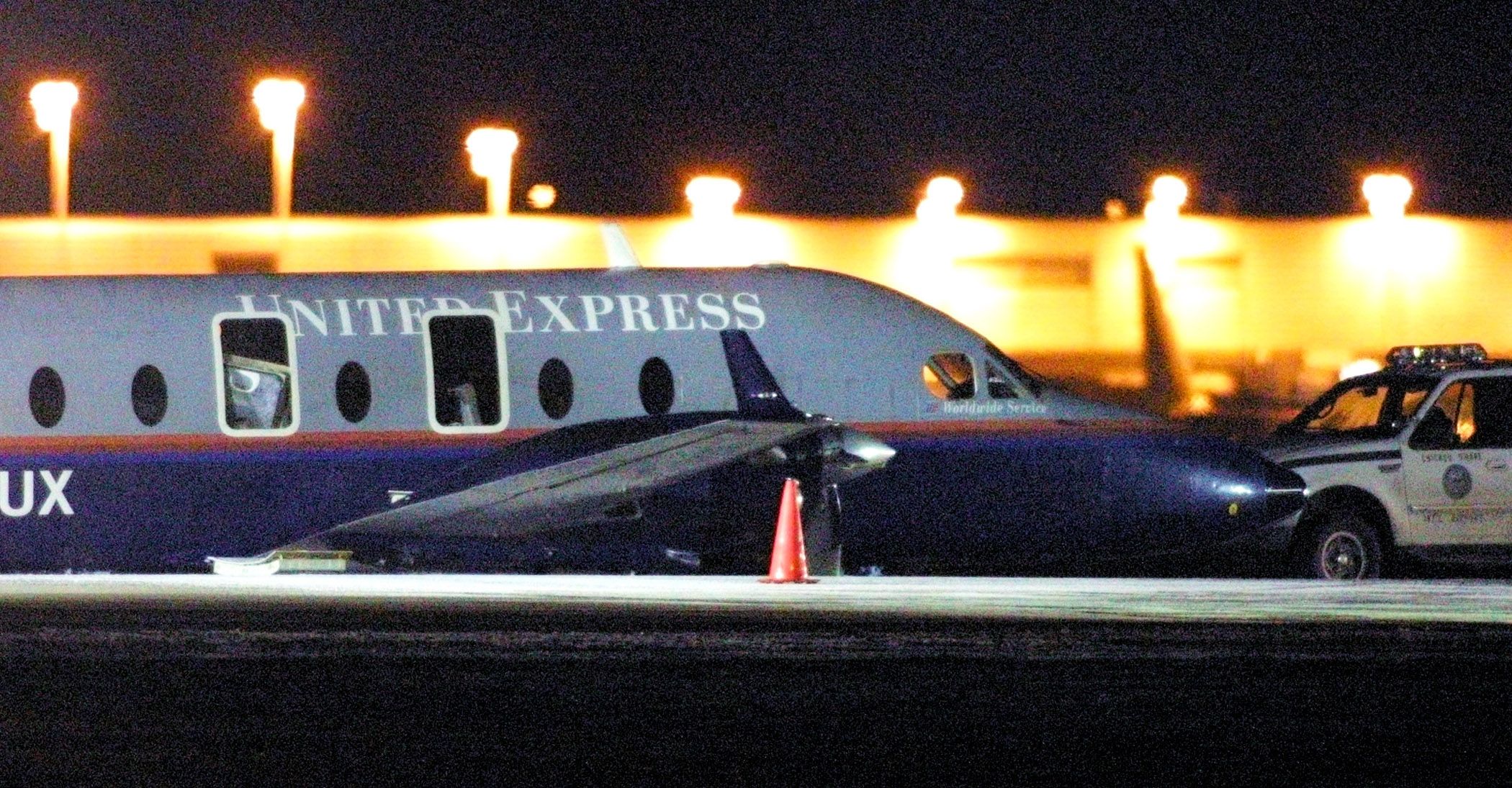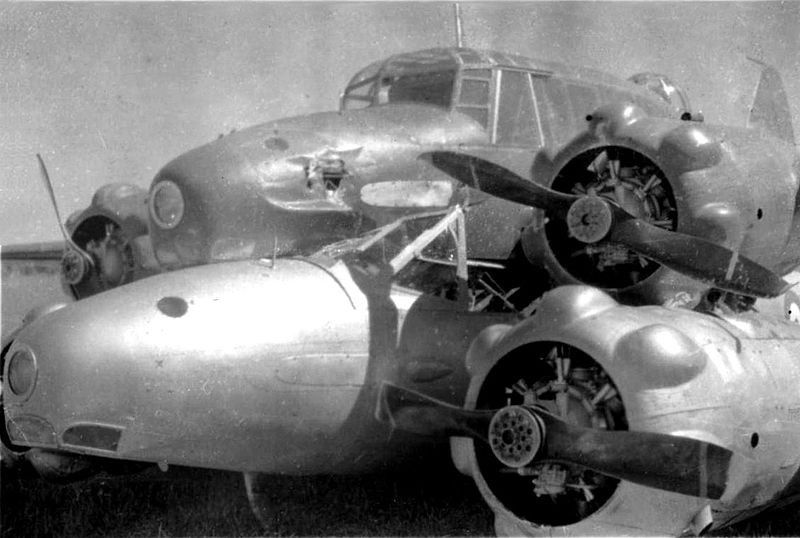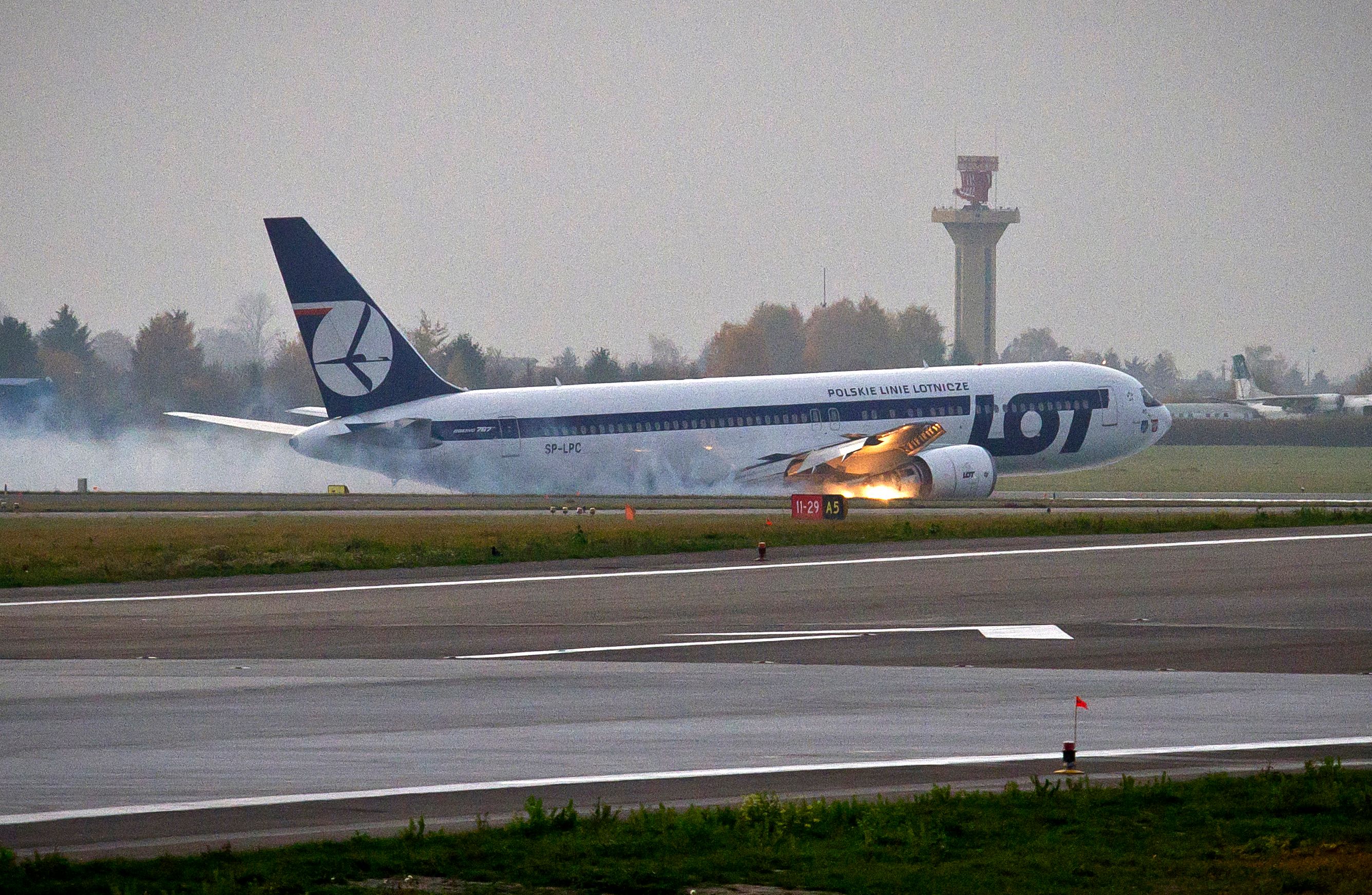While gear-up landings, or belly landings as they are also called, are not an everyday event, they do nevertheless happen. With this week marking the 11th anniversary of one such example, we will take a look at some of the more notable gear-up landings to have occurred. Before we get into that, though, let's first define what is considered a gear-up landing and why they occur.
What are gear-up landings?
A gear-up landing is when an aircraft lands without its landing gear fully extended. In such situations, they are typically required to use the underbelly of their fuselage as their primary landing device. This event can occur due to a fault with the landing gear or, less commonly, out of a pilot's choice or even their own error.
When performing a gear-up or belly landing, the pilot must execute extreme precision. After all, in such maneuvers, the aircraft risks the possibility of flipping or catching fire. The procedure is also made more difficult if there are strong crosswinds, low visibility, or other damage to the aircraft. However, having said all this, if they are executed carefully, they do not result in fatalities.
Get the latest aviation news straight to your inbox: Sign up for our newsletters today.
Famous examples of gear-up landings have involved various aircraft, such as an Avro Anson, a Tupolev Tu-154, and a Boeing 767. Let's examine how these unfolded.
Avro Anson mid-air collision
In September 1940, two twin-engine Avro Anson aircraft were involved in a mid-air collision while flying over Brocklesby in New South Wales, Australia. Following the impact, the planes became wedged, with one sitting on the other. Both engines on the upper aircraft were out, but the lower plane was still flying at full power.
While the pilot in the lower Anson bailed out, the pilot in the upper Anson found that he could still fly the aircraft using his ailerons and flaps. He continued flying both planes for five miles before making a successful belly landing on a horse farm. This resulted in the unusual sight, as seen below, of two 'piggy-backed- aircraft.
Love aviation history? Discover more of our stories here!
Malév Hungarian Airlines flight 262
In July 2002, Malév flight 262 from Budapest Ferenc Liszt International Airport (BUD) to Thessaloniki Airport (SKG) in Greece performed a gear-up touchdown during landing. Usually, Malév operated a Boeing 737-300 on the route, but it was not available on the day in question, and a Tupolev Tu-154 was used instead. According to the Aviation Safety Network, there were 94 people onboard.
As the aircraft was on its final approach, coming in low over the mountains, the ground proximity warning system (GPWS) activated, warning the pilots about its low altitude. With visibility near perfect, and finding the audible warnings annoying, the pilot switched the system off. As the plane lined up to land, the pilot noticed that a Boeing 757 was still on the runway, waiting to take off.
As such, he decided not to lower the landing gear, and instead opted to perform a go-around. However, as the 757 started to take off, the pilot then changed his mind, and decided to land after all. The problem was that he had forgotten to deploy the aircraft's landing gear. He soon realized what had happened, and immediately applied full throttle in order to abort what would be a belly landing.
Despite this, the engines were slow to react, and the plane hit the runway, skidding for 650 meters before becoming airborne once more. As the aircraft climbed to 3,000 feet, the landing gear was successfully deployed for landing. The worry, however, was that the plane was already loaded with fuel for the flight back to Budapest. As such, if the gear collapsed, it could cause a fatal accident.
Fortunately for all involved in the incident, the Tupolev has large pods for storing the landing gear. These acted like a sled during the first landing, protecting the underside of the aircraft. Nonetheless, it was ultimately withdrawn afterward.
LOT Polish Airlines flight 16
Perhaps the most notable gear-up landing of the recent era occurred 11 years ago this week, on November 1st, 2011. This involved LOT Polish Airlines flight 16, which was en route to Warsaw Chopin Airport (WAW) from Newark Liberty International Airport (EWR) in New Jersey. Just 30 minutes after taking off, the crew received a warning that the aircraft's center hydraulic system had malfunctioned.
According to the Aviation Safety Network, the service has 220 passengers and 11 crew onboard. Rather than return to Newark, the decision was made for the flight to carry on to Poland. This would allow the Boeing 767-300ER operating the flight to burn fuel, instead of circling to dump it before landing back in New Jersey.
When trying to deploy the gear for landing, it failed to happen, likely due to the hydraulic failure. This forced the landing to be aborted, and the control tower to be informed of the situation. The pilot of the 767 decided to circle the airport for over an hour to burn off any excess fuel. This delay also allowed airport emergency services to get into position for what was going to be a gear-up landing.
The Captain of the plane, a 57-year-old veteran pilot with twenty years of experience on the 767, successfully landed the aircraft with no injuries to anyone onboard. As seen in the photograph above, the touchdown prompted a vivid shower of sparks. The aircraft, however, was not so lucky and was declared a total loss.
Thanks to the absence of injuries, everyone onboard was able to be evacuated within 90 seconds. However, the airport had to close for more than an hour while debris was removed, and a runway inspection took place. Despite the successful outcome, LOT was criticized afterward for the lack of specialist support that was provided to the flight's crew in the (admittedly highly unusual) circumstances.
What do you make of these incidents? Have you ever been on a plane that has had to perform a gear-up landing? Let us know your thoughts and experiences in the comments.
Source: Aviation Safety Network





.jpg)
